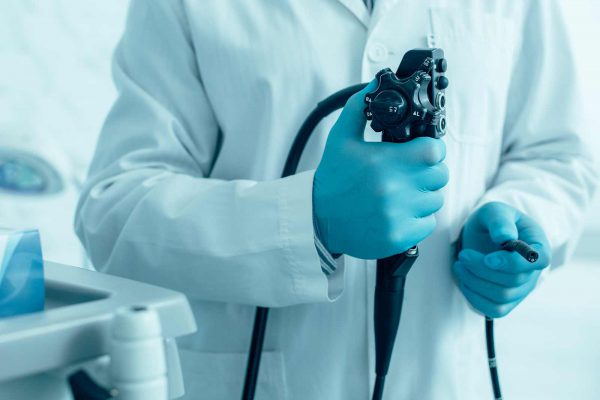What is EUS – Endoscopic Ultrasound?
EUS or Endoscopic Ultrasound – the combined study, in which an ultrasonic sensor using endoscope is inserted into the cavity of the esophagus, abdomen, chest and colon in order to get a more clear picture of deeply located organs. It may be combined with the Doppler imaging for assessing blood flow in the vessels.
Procedure for upper digestive tract
Patient must be sedated when the procedure is performed. First, the endoscope will pass through the mouth and then is moved to the suspicious area.
From various positions in the middle of the esophagus and the duodenum, organs within and outside the gastrointestinal tract are imaged to see if there are any abnormalities, and then they can be biopsied if needed.
Organs such as the pancreas, liver, and adrenal glands can be relatively easily biopsied, if there are any abnormal lymph nodes. In addition, the gastrointestinal wall itself can be also imaged to see if there are any thickness abnormalities suggesting malignancy or inflammation.
Procedure for lower digestive tract
Endoscopic ultrasound can be used for imaging of the colon and rectum, although these applications are not know that well. Primary use is to diagnose rectal or anal cancer.
EUS-guided fine needle aspiration may be used to sample lymph nodes during this procedure. Evaluation of the integrity of the anal sphincters may also be done during lower EUS procedures.
Procedure for respiratory tract
The probe that is placed in the esophagus can also be used to visualize the lymph nodes in the chest which surround the airways, and is the most important part for the staging of lung cancer.
The ultrasound is performed also with endoscopic probe inside the bronchi, a technique that is known as endobronchial ultrasound.





